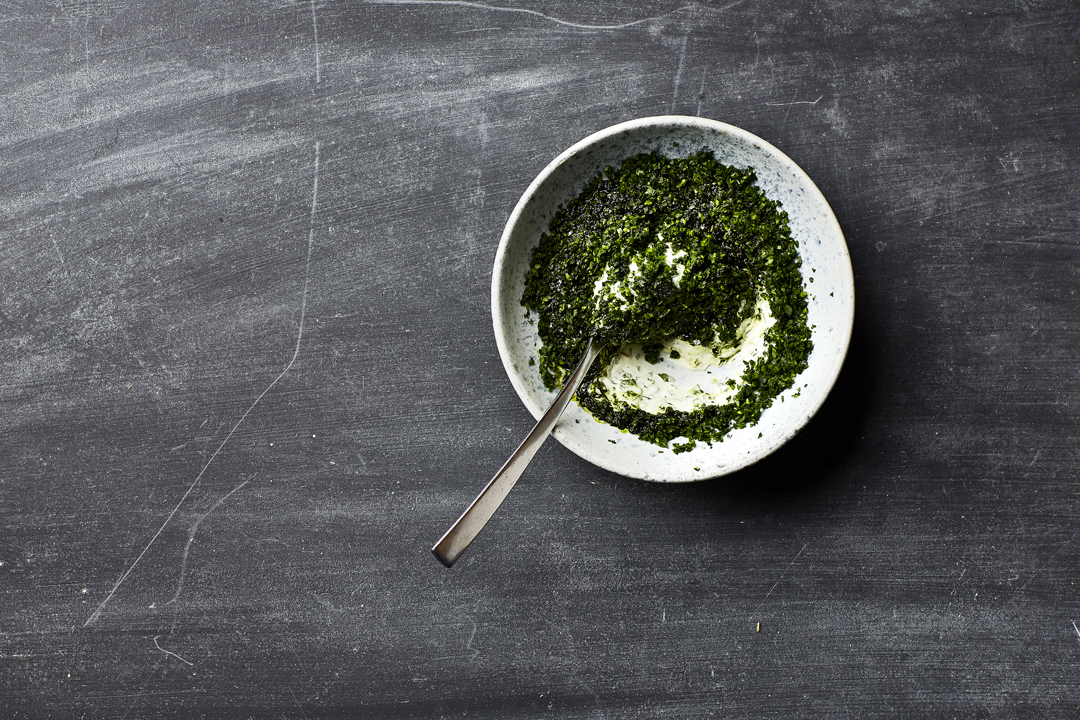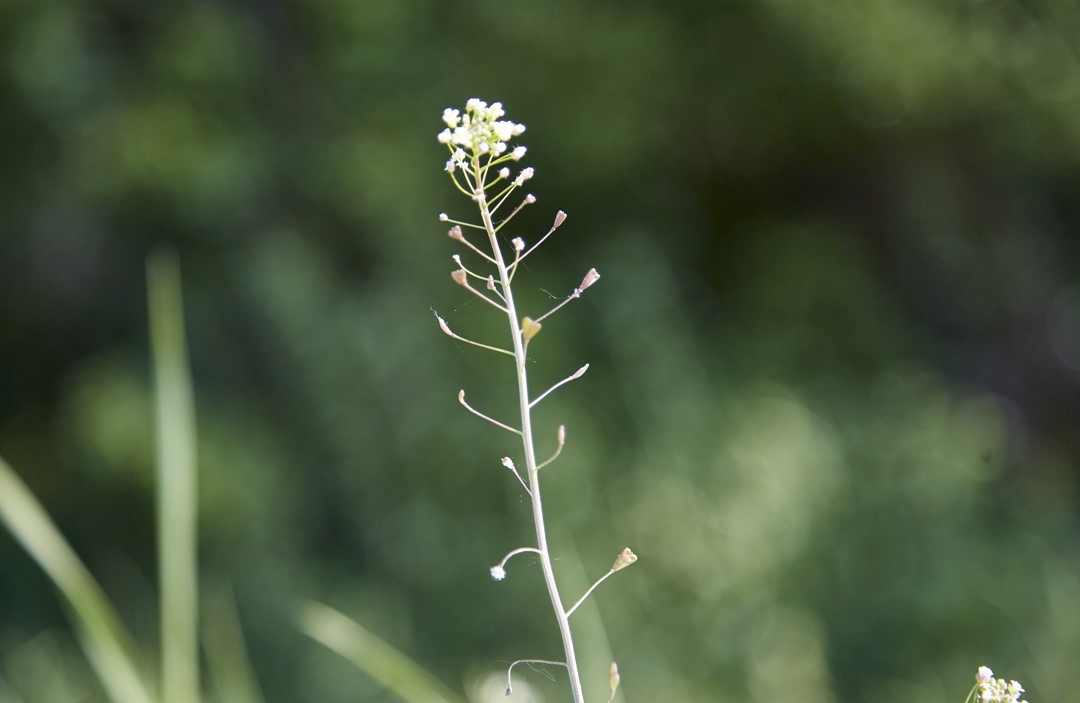
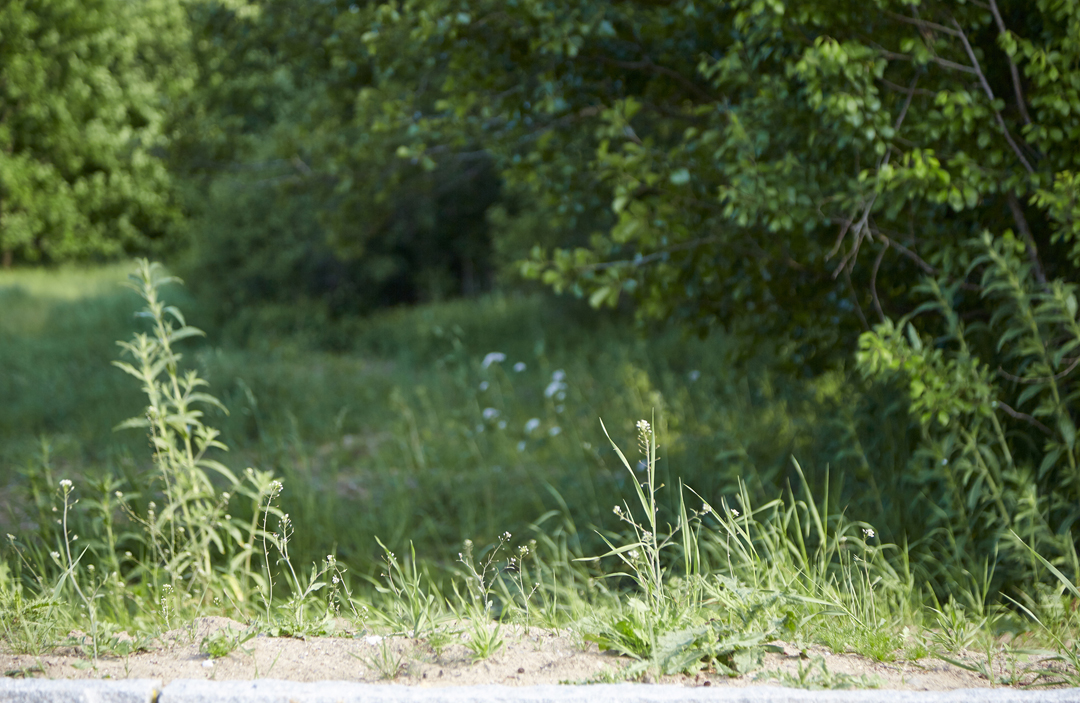
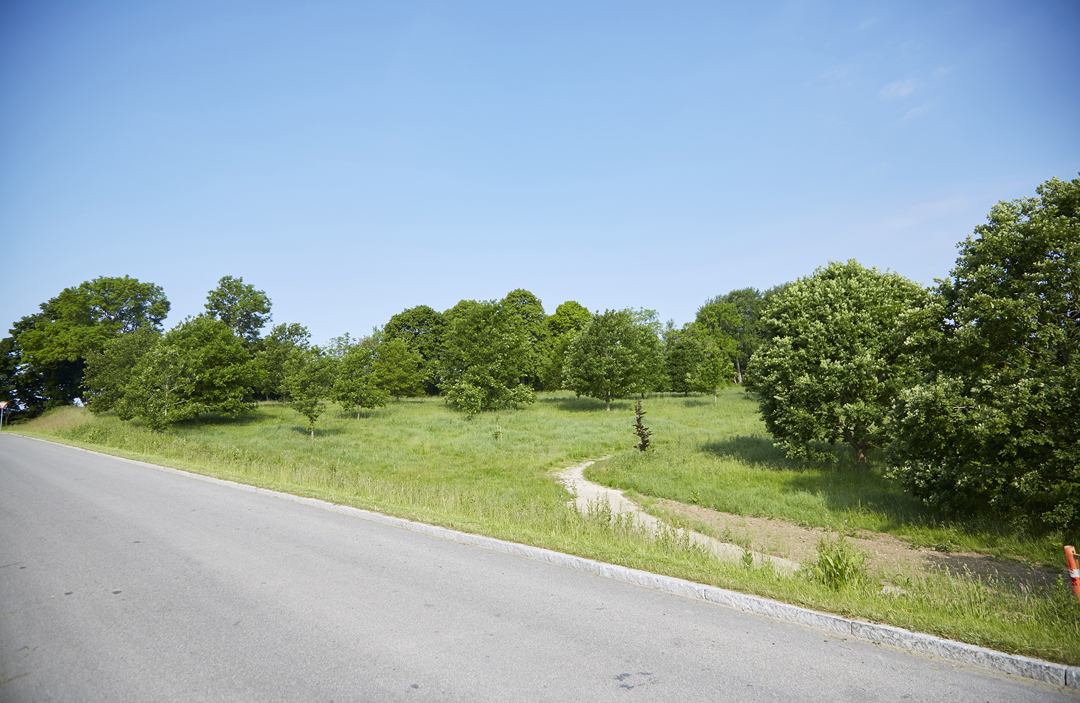
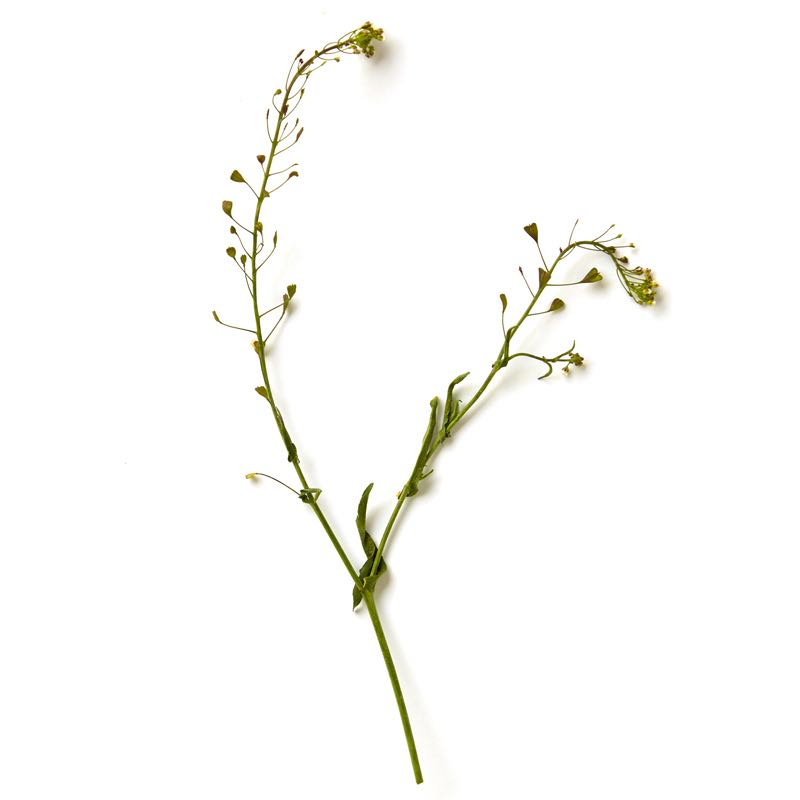
Shepherd's purse
Shepherd's purse is a common plant that is used as an ingredient in Asian countries like Korea, Japan, and China. Tasty as a leafy green, it can be incorporated into many dishes in place of cabbage.
-
Where to Find It
Shepherd's purse is a hardy herb that can thrive in many types of soil. It grows in open landscapes and can often be found at the edge of woods, on roadsides, and in overgrown gardens. It often pops up in places where the ground has been disturbed by digging or similar work, and sometimes it grows close together in clusters.
Towns, hedges, roadsides, grasslands.
-
When to Find It
You can normally pick shepherd's purse from April until November, but if temperatures are mild, you'll find it year round.
Entire plant: April, May, June, July, August, September, October, November.
-
How to Spot It
Shepherd's purse can grow to be 20-40 cm tall. At its base is a bunch of lightly haired leaves that look like dandelion leaves, but with more teeth. The stem is thin. Arrow-shaped, lightly haired leaves grow at the bottom. Further up the stem are small, flat, heart-shaped seeds (siliques), with tiny, white flowers at the top. You can pick out shepherd's purse by its characteristic, heart-shaped seeds.
-
How to Pick It
Both the leaves and seeds of shepherd's purse are useful, but if you only want to gather the seeds, run your hand up along the stem to strip them off. The easiest way to collect the leaves is to pull up the entire plant by its root. This way you'll keep all of the leaves together, and the root will help maintain the leaves’ succulence.
Risk of misidentifying the plant
There is no risk of mistaking the plant for another dangerous or undesirable plant.



